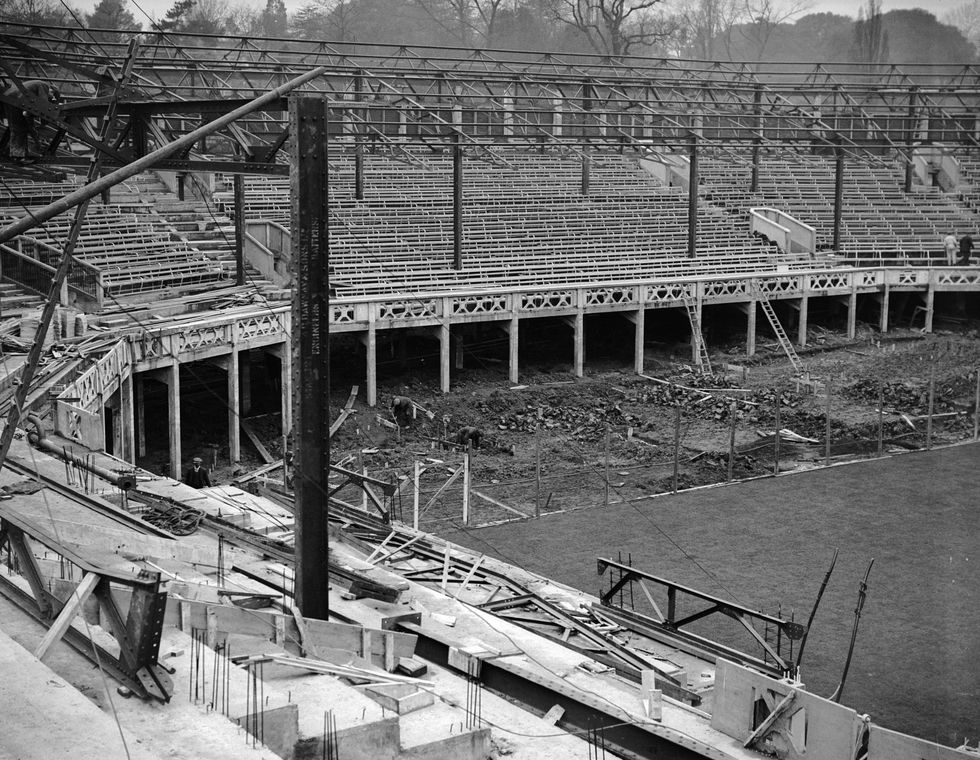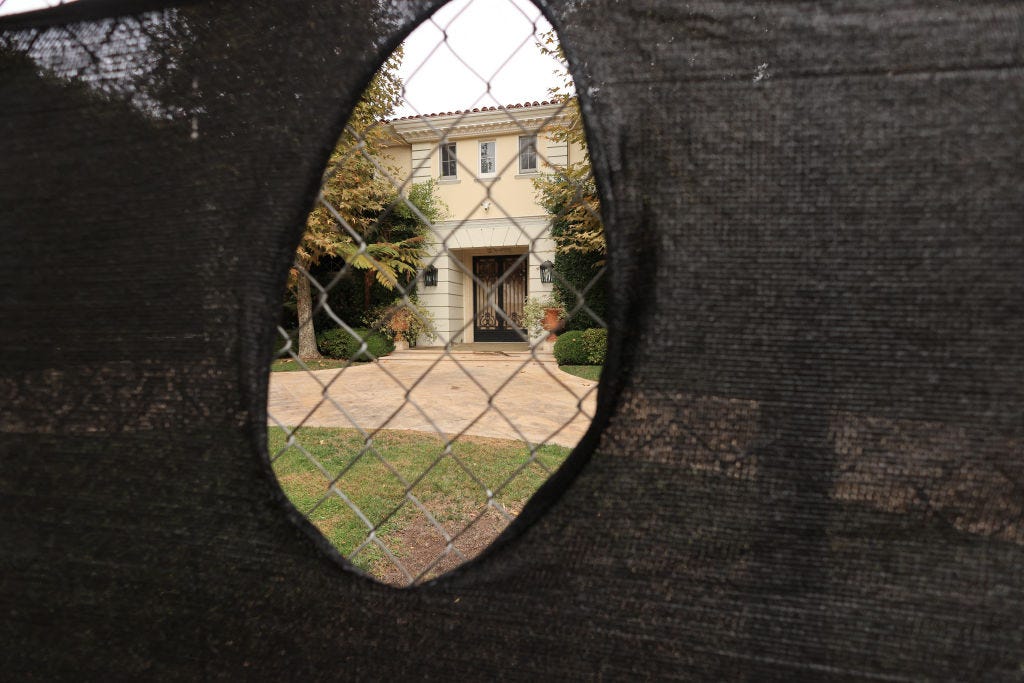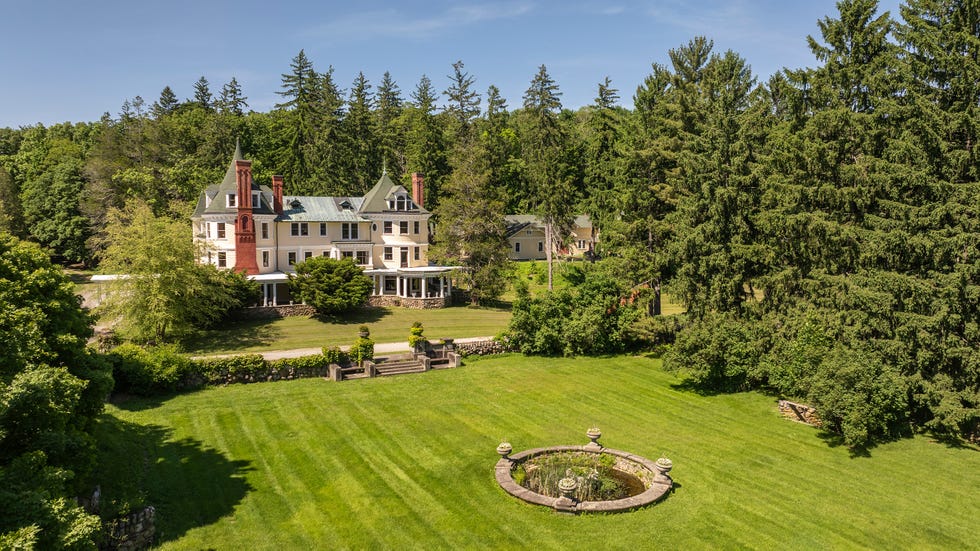In the United States, tennis has never been more popular. More people than ever are playing the game, and last year the U.S. Open saw a record-breaking million-plus attendees. But nowhere is tennis more beloved, and more ingrained in the culture, than in the UK, where Wimbledon’s two weeks of play draws half a million fans (or more) each year to the All England Lawn Tennis & Croquet Club (AELTC). Fans stand in famously long queues. They consume 1.92 million strawberries with cream, and drink 270,000 Pimms cups.
This year, the Wimbledon championships begin on Monday, June 30th. To get you ready, here’s a quick explainer of the historic grounds that will host the tournament.
Who puts on Wimbledon?
The championships take place on the grounds of the AELTC. Founded in 1868, the club was initially led by a handful of enthusiasts, whose interests leaned toward croquet rather than the less popular game of lawn tennis. By 1877, however, tennis had grown in popularity, and the club published an advertisement in a sports magazine called The Field for the very first Wimbledon competition: “The All England Croquet and Lawn Tennis Club, Wimbledon, propose to hold a lawn tennis meeting open to all amateurs, on Monday, July 9, and following days. Entrance fee, one pound, one shilling.»
Twenty-one players competed and were, in what would become something of a tradition, rained out. Today, Wimbledon is both the oldest tennis tournament and the most famous even among the grand slams—the French, Australian and U.S. Opens.
Where does the Wimbledon championship take place?
Originally, the AELTC (which for a brief period dropped the “and croquet” in its name only to later tack it back on), was located off Worple Road, in the London district of Wimbledon. In 1922, the club and courts were relocated to the current location, on Church Road. During World War II, the facilities suffered major damage that wasn’t fully repaired until 1949, though the Wimbledon championships were held in the intervening years after the war.
Today, there are 18 competition courts and 14 practice courts on the Church Road site. The Wimbledon tournament is famously played on grass, which makes for the fastest game. There are, however, clay and acrylic courts on the grounds as well. Of the 18 used for championships, two are stadium-sized and famous: Centre Court, and No. 1 Court.
What is Centre Court?
Centre Court, the main court, is the most famous of those at Wimbledon. Designed by the architect Stanley Peach in 1922, it went up in just 8 months and seated close to 14,000. When it was built, it was at the center of the grounds, but as the site grew and more courts were added, it lost its central position only to regain it when even more courts were built in 1980. Today, Centre Court has close to 15,000 seats, and a fully retractable roof that was added in 2009.
A close second in notoriety to Centre Court is No 1. Court. Originally built on the west side of Centre Court, in 1924, No. 1 Court once sat 2,500. In 1997, it was demolished and rebuilt entirely and today has 12,000-plus seats.
What’s in the Wimbledon Museum?
The largest tennis museum in the world, it sees something like 55,000 visitors every year. Opened in 1977, it has a wealth of memorabilia—like Arthur Ashe’s diary and 1,000 tennis rackets, dating from the 1870s—as well as history on the grounds, the club, and all the best moments from so many tournaments.
How can you watch Wimbledon?
In the U.S., it’s streaming on ESPN. In the UK, it’s on BBC One and Two. For more details and match times, visit the Wimbledon site’s match schedule.




